Light box: Marcio Kogan brings translucent clarity to São Paulo retail for Micasa

Floating among the dense tree canopy of São Paulo’s leafy Jardins suburb is architect Marcio Kogan’s latest offering, an artfully created box named Volume C. It is the second space the Brazilian architect has created for furniture and design store Micasa, founded over 20 years ago by Houssein Jarouche and dealing in design from the emerging and the established. ‘It stands for good design, rather than just labels,’ says Kogan.
Completing Micasa’s corner-site complex, Volume C is intended as a pavilion for new retail concepts, events and designers in residence. For Kogan, the leading light of contemporary Brazilian modernism and principal of São Paulo-based Studio MK27, Jarouche was an ideal client. ‘Good clients with an open mind allow for experimentation whatever the programme is,’ he says.
Kogan wanted this project to signal a significant move forward from his 2007 Volume B, a heavy concrete box inspired by the city’s brutalist architecture, and the original Volume A, an industrial metal-and-glass box designed by French-Brazilian studio Triptyque. Thus, Volume C blends new timber construction techniques with influences from Japan in a lightweight wood-framed structure that features two wide openings. It’s a 15m by 15m void designed to be filled with ideas, people – and even a refurbished 1960s Airstream caravan, which will be parked inside from time to time.
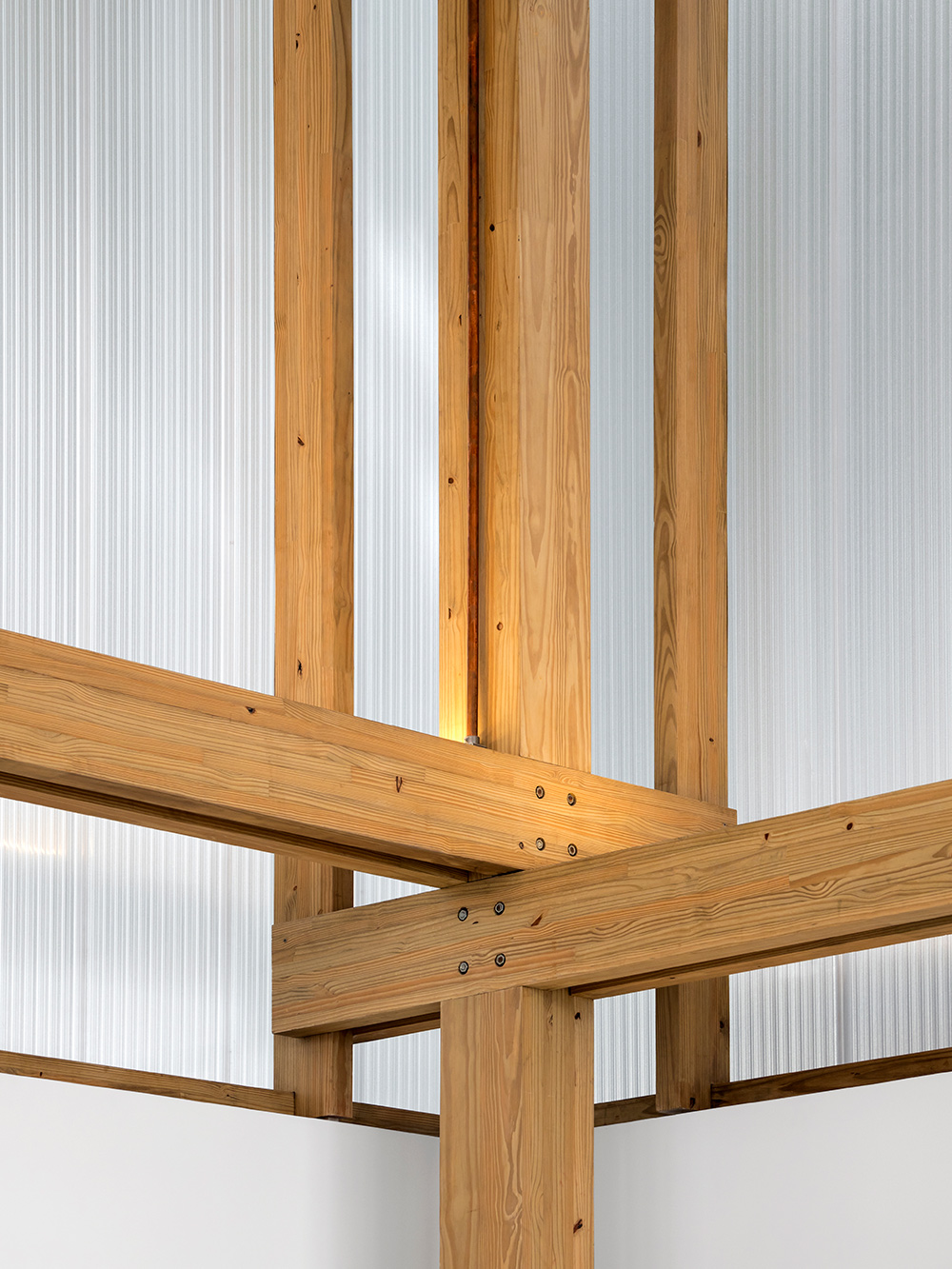
Volume C’s sustainable timber frame is clad in translucent panels to create a light-filled display space.
Kogan chose wood to bring warmth to the space, but also to put to use some of the studio’s research into sustainable timber construction. ‘The wooden structure with detailed joinery points to a more sustainable and simple way of building,’ he says. ‘All pieces were assembled with ease, minimising waste and maintaining a low carbon footprint.’ So while Volume C showcases the clean lines and airy spaces of modernism, it looks firmly towards the future, moving away from the genre’s traditional heavy concrete and glass and allowing it to become more versatile – not to mention welcoming and approachable.
A structure of glued laminated timber frames and steel rods supports an outer skin of white metal-plate and polycarbonate panels. Kogan says the translucent sheets bring a ‘more mysterious sort of transparency’ to the volume and allow a tempered, even spread of daylight into the 7.5m-high space from above, as well as the unexpected ‘kinetic spectacle’ of shadows from the surrounding trees.
When the sun sets, Volume C marks its presence by becoming a glowing Japanese lantern illuminated from within by an Isamu Noguchi pendant lamp that hangs centrally, emphasising the space’s symmetry. The dynamic lightness of the structure is reminiscent of Sou Fujimoto’s airy framed structures or Kazuyo Sejima’s minimalist cuboids – all enlivened by São Paulo’s context of dense flora, impromptu street life and mild evenings. ‘In my opinion, contemporary Japanese architecture finds a common ground in Brazilian modernism,’ says Kogan. ‘I have a strong identification with its search for simplicity and emotion’. For the past five years, he says, he has been returning to Tokyo annually for a ‘two-week immersion’.
Volume C is a breath of fresh air, a structure where modernism is infused with culture, experimentation and feeling. The principles of modernism, ‘a rational and humanistic architecture’, are ‘still the ethical and aesthetic guidelines for contemporary architecture’, says Kogan – but the other ingredients can be up to you.
As originally featured in the June 2018 issue of Wallpaper* (W*231)
INFORMATION
For more information, visit the Studio MK27 website and the Micasa website
Receive our daily digest of inspiration, escapism and design stories from around the world direct to your inbox.
Harriet Thorpe is a writer, journalist and editor covering architecture, design and culture, with particular interest in sustainability, 20th-century architecture and community. After studying History of Art at the School of Oriental and African Studies (SOAS) and Journalism at City University in London, she developed her interest in architecture working at Wallpaper* magazine and today contributes to Wallpaper*, The World of Interiors and Icon magazine, amongst other titles. She is author of The Sustainable City (2022, Hoxton Mini Press), a book about sustainable architecture in London, and the Modern Cambridge Map (2023, Blue Crow Media), a map of 20th-century architecture in Cambridge, the city where she grew up.
-
 Europe’s auto industry regroups at the Brussels Motor Show: what’s new and notable for 2026
Europe’s auto industry regroups at the Brussels Motor Show: what’s new and notable for 20262026’s 102nd Brussels Motor Show played host to a number of new cars and concepts, catapulting this lesser-known expo into our sightlines
-
 Wallpaper* Best Use of Material 2026: Beit Bin Nouh, Saudi Arabia, by Shahira Fahmy
Wallpaper* Best Use of Material 2026: Beit Bin Nouh, Saudi Arabia, by Shahira FahmyBeit Bin Nouh by Shahira Fahmy is a captivating rebirth of a traditional mud brick home in AlUla, Saudi Arabia - which won it a place in our trio of Best Use of Material winners at the Wallpaper* Design Awards 2026
-
 Wallpaper* Design Awards: Boghossian’s gem wizardry dazzles in high jewellery
Wallpaper* Design Awards: Boghossian’s gem wizardry dazzles in high jewelleryBoghossian's unique mix of craftsmanship and modern design is behind the edgy elegance of its jewellery – a worthy Wallpaper* Design Awards 2026 winner
-
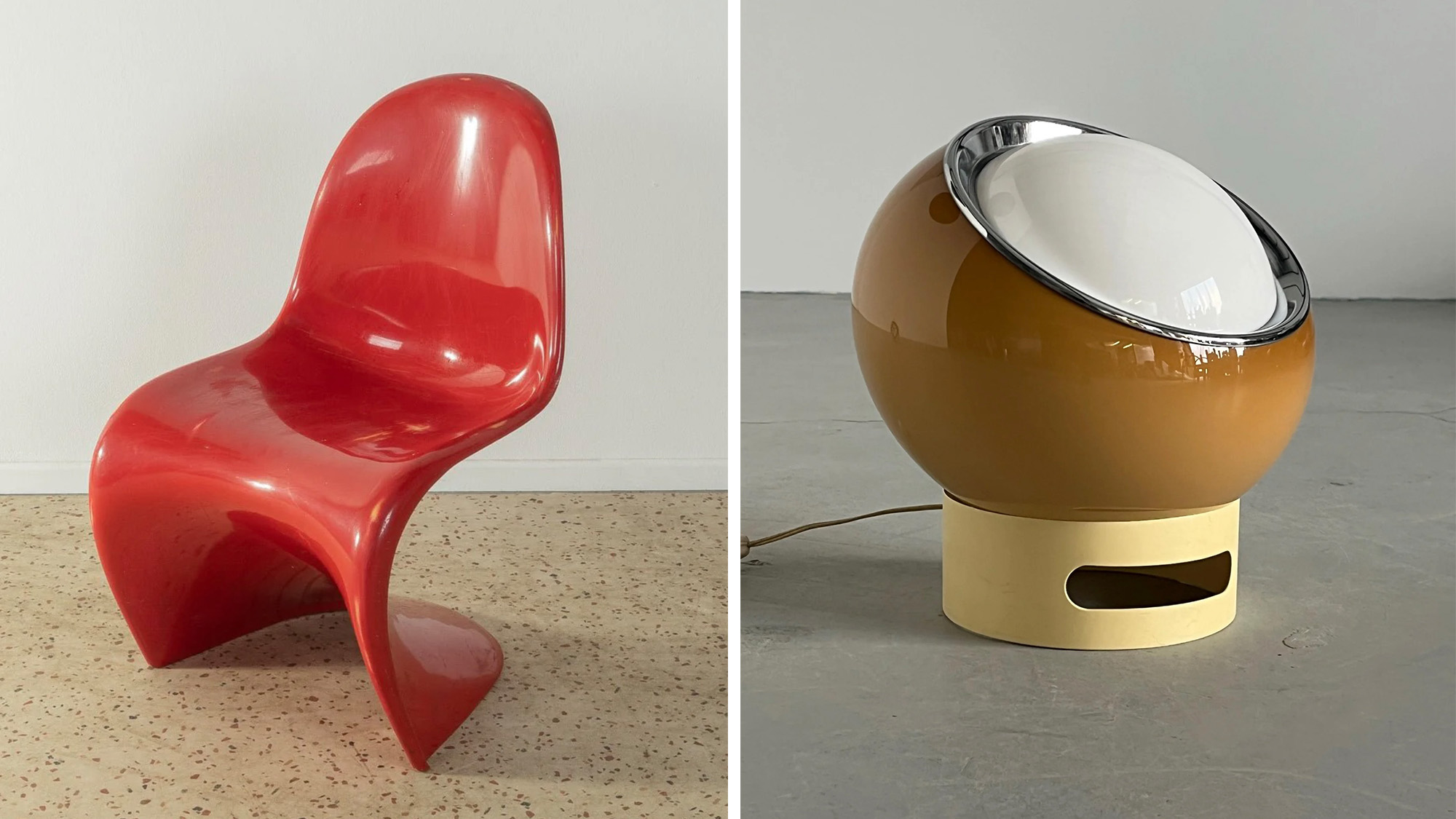 Where to buy second hand furniture online, according to Wallpaper* editors
Where to buy second hand furniture online, according to Wallpaper* editorsFuelled by a shift toward circular design and a rejection of fast furniture, these resale platforms prove that beautiful interiors start with something pre-loved
-
 A new exhibition puts Frank Lloyd Wright’s audacious chair designs in the hot seat
A new exhibition puts Frank Lloyd Wright’s audacious chair designs in the hot seat‘Frank Lloyd Wright: Modern Chair Design’, opening this weekend at the Museum of Wisconsin Art, argues that Wright’s furniture designs were an integral, and sometimes controversial, part of his vision
-
 This São Paulo apartment was designed for content creators, and it’s certainly camera ready
This São Paulo apartment was designed for content creators, and it’s certainly camera readyA renovation of this penthouse saw the kitchen relocated to the heart of the home to suit the purposes of a couple who run a culinary YouTube channel
-
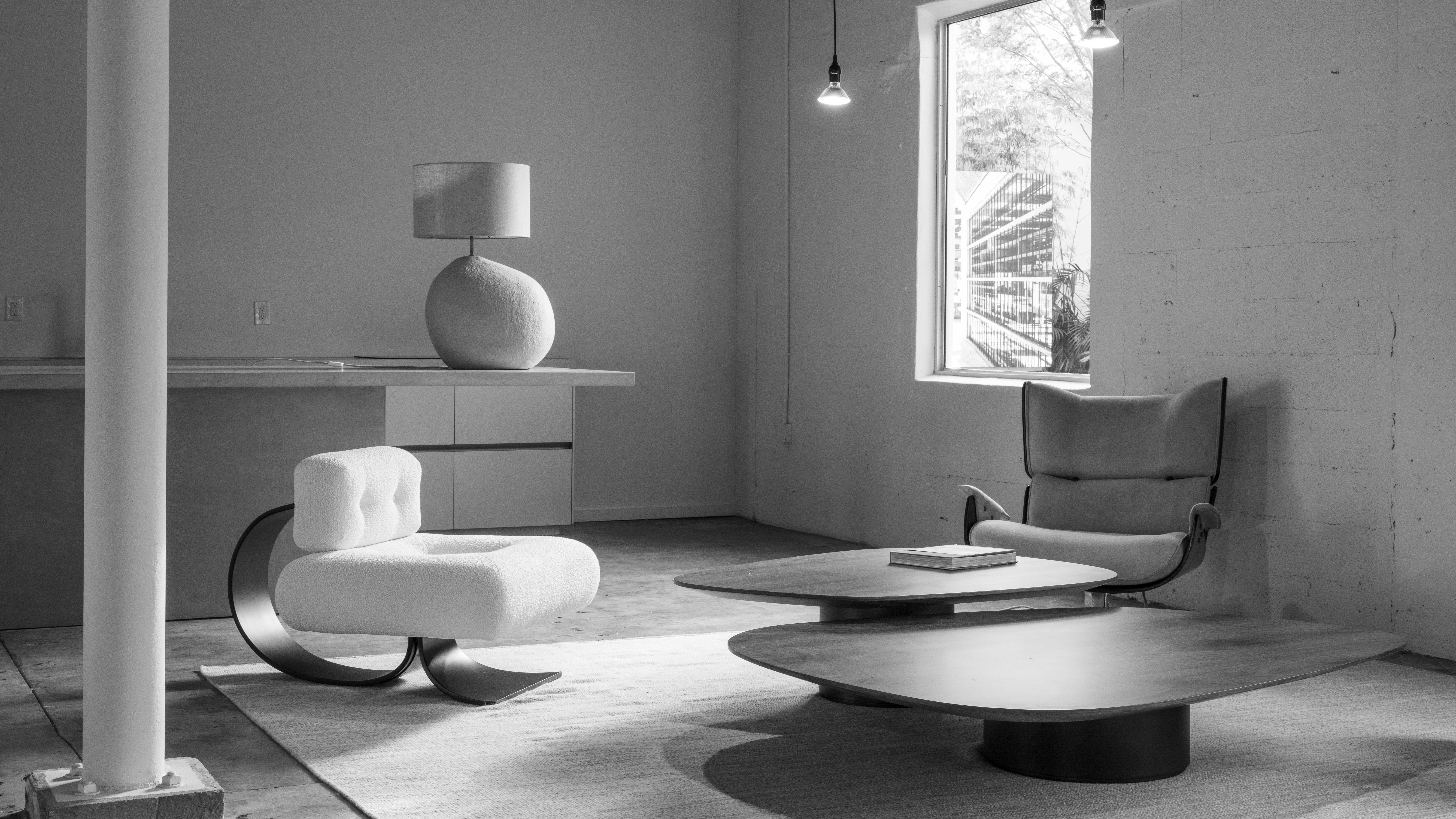 Espasso launches Arthur Casas furniture in Miami
Espasso launches Arthur Casas furniture in MiamiDesign Miami 2022: Espasso presents new Arthur Casas furniture, unveiling the Tapajós collection inspired by Brazilian heritage
-
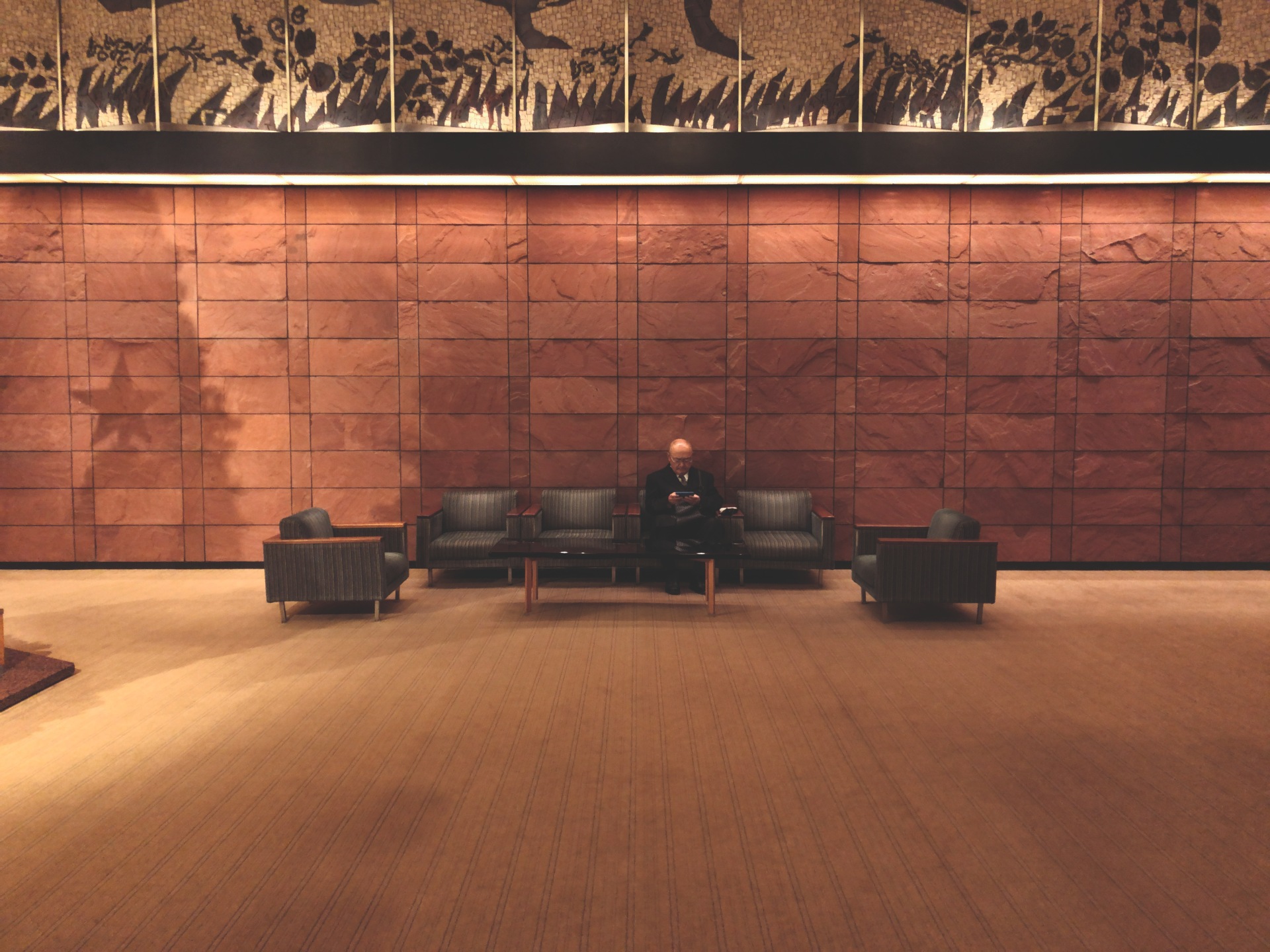 Japan as seen through the lens of Marcio Kogan
Japan as seen through the lens of Marcio KoganBrazilian architect Marcio Kogan recalls his Christmas tradition of traveling to Japan and how that inspired a new collection of seating for Minotti, referencing the original 1960s design of hotel Okura by Yoshiro Taniguchi
-
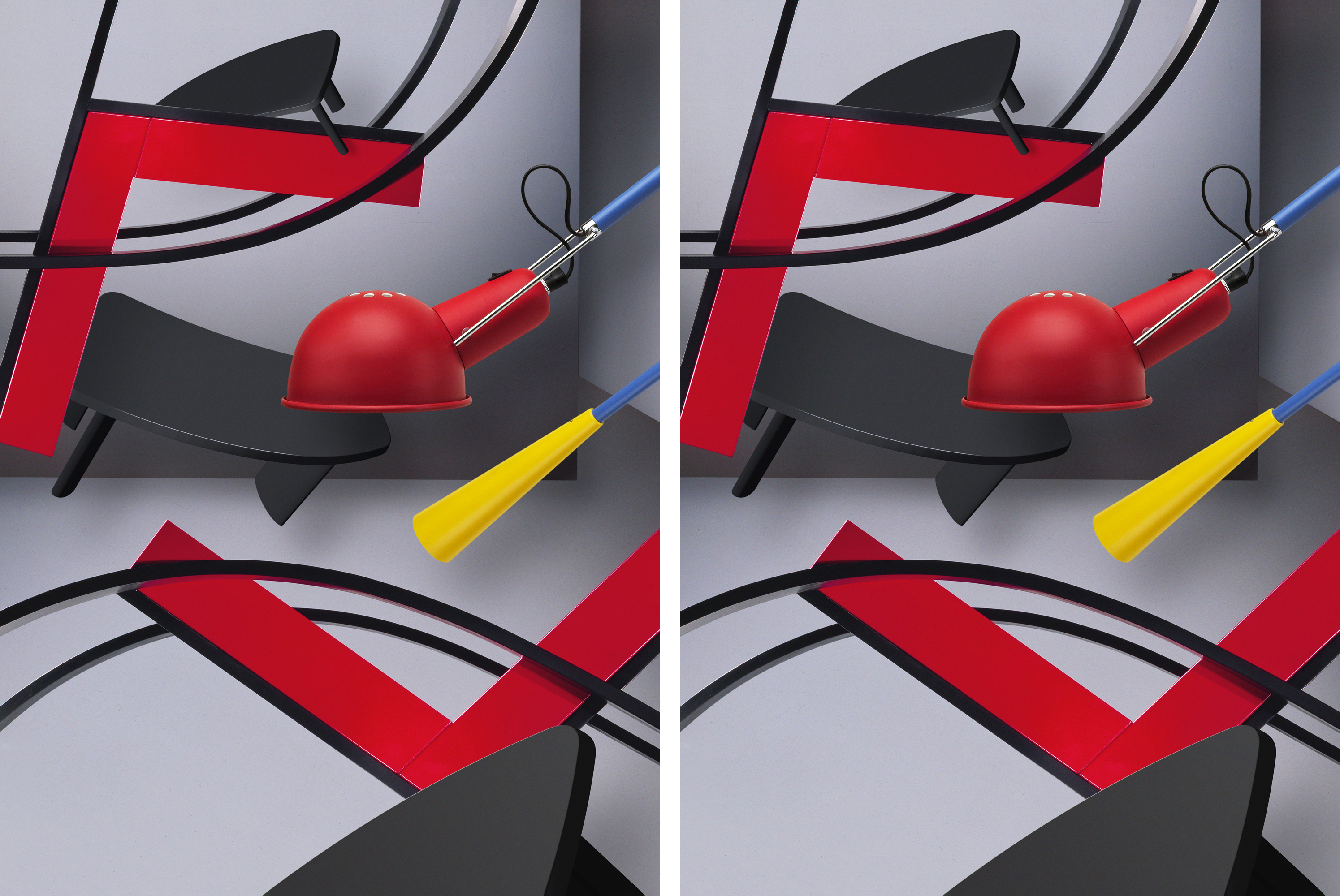 Best reissues: vintage design classics revitalised with brio
Best reissues: vintage design classics revitalised with brioExplore vintage design reimagined for the future
-
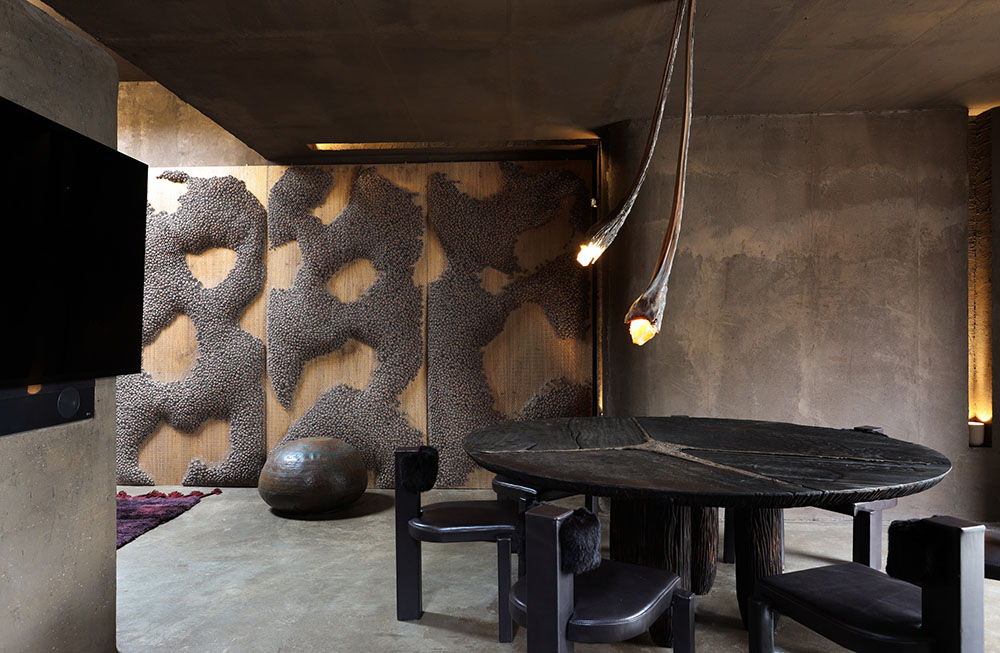 Meet the Brazilian architect branching out into organic furniture design
Meet the Brazilian architect branching out into organic furniture designGustavo Neves creates raw and natural objects that have been launched by The Invisible Collection
-
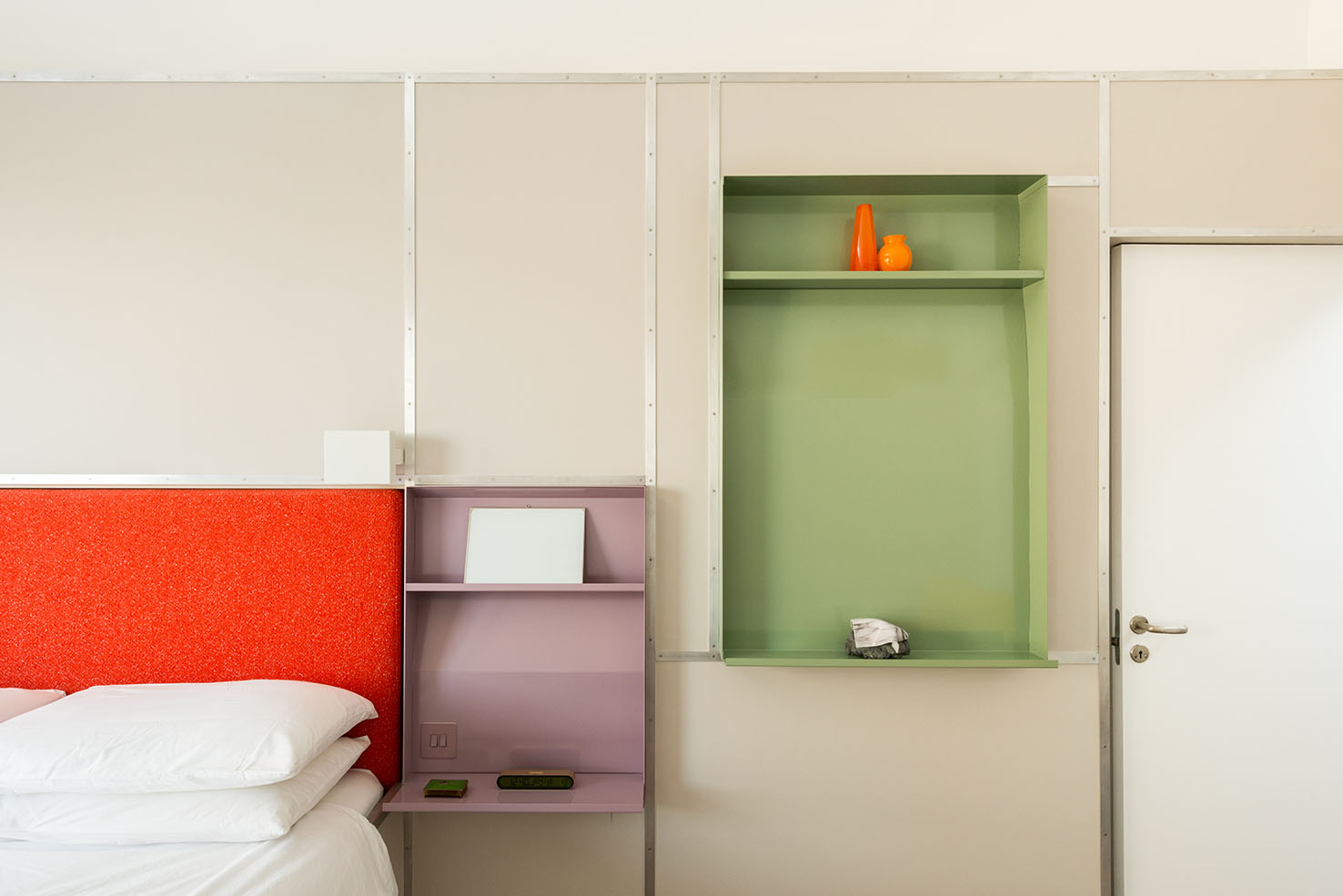 Barbican apartment refurbished by Archmongers with colourful geometry
Barbican apartment refurbished by Archmongers with colourful geometry